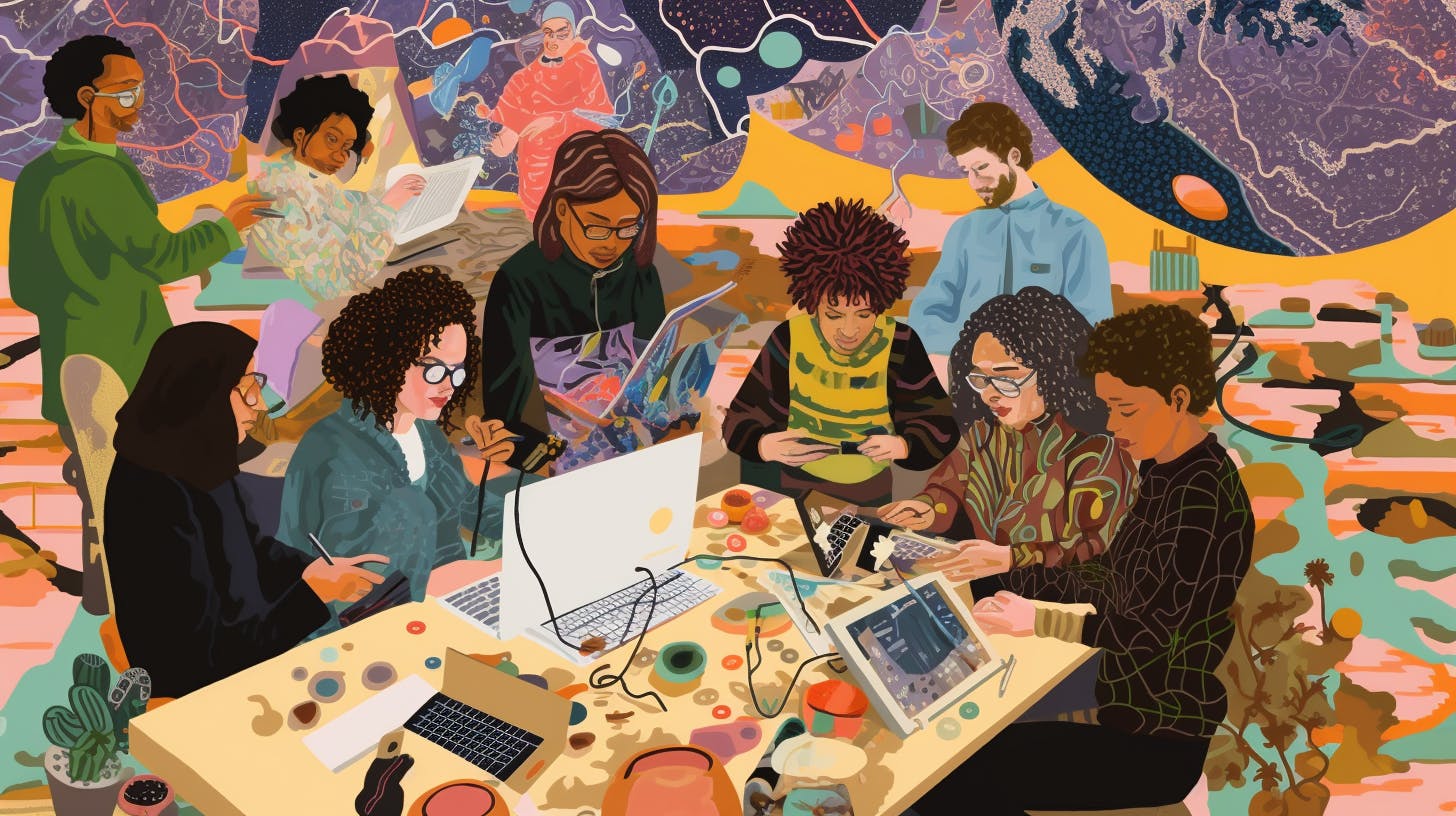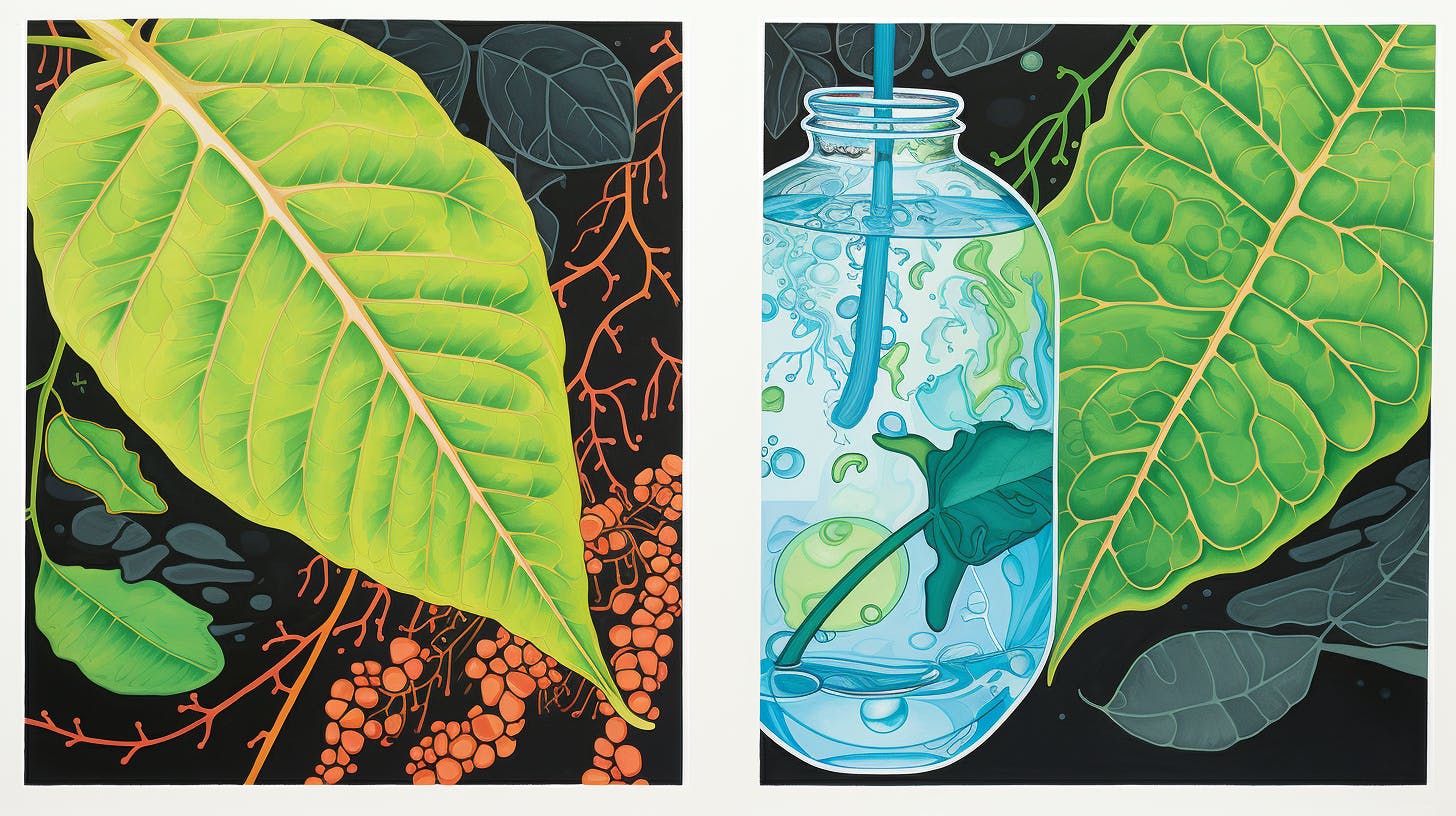Sustainability is not just a buzzword but a strategic priority that involves significant business risks and opportunities. According to Mckinsey, product design shapes any company's environmental, social, and governance (ESG) impact.
However, designing sustainable products is not a simple task. It requires a holistic approach considering the entire product lifecycle, from sourcing materials to end-of-life disposal. It also demands a clear vision, strong leadership, and effective collaboration across functions and stakeholders. In this blog, we will explore the essentials of sustainable product design. From inspiration to implementation, we’ll share some best practices and how you can get started.
Key Elements of Sustainable Product Design
Sustainable product design is not a one-time event but a continuous process. It spans the entire lifecycle of a product, from conception to disposal. It involves applying a range of strategies and principles that aim to reduce products' environmental and social impacts. At the same time, you also work to enhance their functionality and value.
Some of the key elements and principles for sustainable product design are:
- Material Selection: Choosing sustainable materials is a crucial aspect of product design. Designers should opt for renewable, recycled, or bio-based materials with a lower environmental impact than traditional alternatives.
- Systems thinking: The ability to understand how a product interacts with its context, such as users, markets, ecosystems, and cultures. Systems thinking helps designers identify the root causes of problems. It also handles the leverage points for change and the potential unintended consequences of their solutions.
- Circularity: This is the principle of designing products that can be reused, repaired, remanufactured, or recycled instead of being discarded as waste. Circularity helps designers optimize resource use, extend product lifespan, and create new business opportunities.
- Life cycle assessment (LCA): A tool that measures the environmental impacts of a product throughout its lifecycle, from raw material extraction to end-of-life treatment. LCA helps designers compare different design options, identify hotspots for improvement, and communicate the benefits of their solutions.
- Biomimicry: This is the practice of learning from nature and emulating its forms, processes, and systems. Biomimicry helps designers create more efficient, resilient, and adaptable products while minimizing waste and pollution.
By integrating these elements and principles into the product design process, designers can create innovative solutions that harmonize functionality, aesthetics, and sustainability. Sustainable product design ultimately creates a more resilient and environmentally conscious future.
Emerging Trends and Technologies in Sustainable Design
In the realm of product design, emerging trends and technologies are revolutionizing the landscape of sustainable design. From innovative materials to advanced manufacturing processes, these developments offer promising opportunities. This allows you to create environmentally friendly and technologically advanced products.
- Biobased and biodegradable materials: These are materials that are derived from renewable biological sources, such as plants, algae, or fungi, and can be decomposed by natural processes, such as composting or digestion. Biobased and biodegradable materials can reduce the dependence on fossil fuels, lower greenhouse gas emissions, and minimize waste generation.
- Additive manufacturing: This process builds products layer by layer, using digital models and various materials, such as metals, plastics, or ceramics. Additive manufacturing can enable more efficient use of materials, less energy consumption, greater customization, and faster production.
- Digital technologies: These are technologies that enable the collection, analysis, and communication of data across the product lifecycle, such as sensors, the Internet of Things, artificial intelligence, or blockchain. Digital technologies can help optimize product design, improve performance monitoring, enhance traceability and transparency, and facilitate circularity.
The combination of cutting-edge materials, advanced manufacturing techniques, and intelligent technologies paves the way for a future where sustainable product design becomes the norm, driving positive change for both society and the planet.
Tips for Incorporating Sustainability into Your Design Process
Sustainability is a desirable outcome and a guiding principle for product design. However, incorporating sustainability into your design process can be challenging, especially if you are unfamiliar with the available tools and methods. Here are some tips to help you get started.
Start by defining your sustainability goals. Identify the environmental and social issues your product addresses or affects and your customers' and stakeholders' expectations and preferences. You can use frameworks such as the Sustainable Development Goals to help you prioritize your goals and align them with global and local agendas.
Use sustainable design tools and methods. Apply tools and methods such as life cycle assessment, circular design, biomimicry, or eco-design to assess, generate, and optimize your design solutions. You can also use online platforms or software to access data and guidance for sustainable design.
Involve different perspectives from other experts. Collaborate with designers, engineers, regulators, NGOs, or experts in your sustainable design project. You can use methods such as co-design or design thinking to facilitate innovation. You can also join networks or platforms that promote sustainable design practices.

Artwork generated with prompt workflow by Dré Labre
Research and benchmark existing products or services that have achieved high sustainability performance and innovation levels. You can use sources such as case studies to find examples of sustainable design in different sectors and contexts. Learn from the challenges and opportunities that other designers have faced or created in their sustainable design projects.
Communicate your sustainability value proposition. Highlight the benefits and impacts of your product’s sustainability features to your target market and stakeholders. Utilize strategies such as storytelling, branding, labeling, or certification to convey your product’s sustainability story and differentiate it from competitors.
Boost Your Product Design With Laetro Now
Sustainable product design is a desirable outcome and a guiding principle for product design. It involves applying a range of strategies and principles that aim to reduce products' environmental and social impacts. Sustainable product design requires a holistic approach considering the entire product lifecycle, from sourcing materials to end-of-life disposal.
If you want to create products that are sustainable by design, you need to use the best tools and methods available. That’s why we recommend you check out Laetro, a platform that connects you with talented creatives.
Laetro offers access to a network of experts who can provide insights, feedback, and support for your sustainable design challenges. Whether you need help with ideation, prototyping, testing, or marketing, Laetro can help you find the right creative for your needs. Talk to Laetro today and start your sustainable product design journey!
